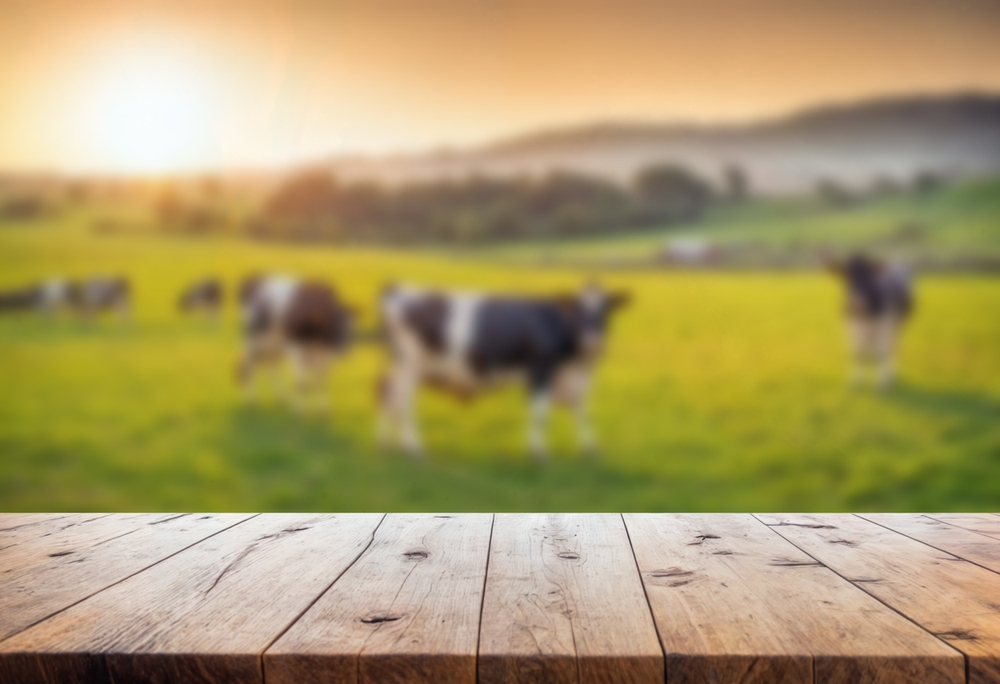The dairy industry is increasingly feeling the effects of extreme weather, with rising temperatures and humidity poses a major challenge to milk production.
A recent study from the University of Illinois at Urbana-Champaign reveals that heat stress leads to reduced milk yields across the US, resulting in significant financial losses.
Large farms can utilize advanced cooling techniques, but smaller farms struggle to mitigate these effects, making them more vulnerable.
As climate change accelerates, understanding and addressing the impact of heat stress on dairy production is critical to industry sustainability.
How heat stress affects dairy production
Like humans, cows suffer from extreme heat, which can lead to lower appetite, increased stress levels and increased risk of infection.
These factors contribute to lower milk production and lower milk quality, affecting pricing and profitability.
Unlike previous studies that focused primarily on liquid milk volume, this study examined milk quality by factoring protein and fat content, namely, key ingredients in dairy pricing.
By analyzing data from nine Midwest states, which amounted to more than 56 million cattle-level production records from 18,000 dairy farms between 2012 and 2016, the researchers found that heat stress caused a cumulative loss of approximately 1.4 billion pounds of milk over five years.
As milk prices are taken into account, this amounts to an estimated $245 million in losses in estimated revenue.
Research co-author Marine Skidmore and Assistant Professor at the Faculty of Agriculture and Consumer Economics (ACE) added: “Cows are mammals like us and experience heat stress just like we do.
“When cows are exposed to extreme heat, there are a variety of negative effects for dairy producers.
Small farms face huge losses
Not all dairy farms experience the effects of heat stress equally. The study found that small farms, particularly fewer than 100 farms, suffered more significant losses than larger operations.
These small farms contributed less than 20% of total milk production in the study, but accounted for 27% of total heat-related losses.
Large farms often have access to better mitigation strategies, including enhanced ventilation, cooling systems, and strategic birth schedules, which help reduce the effects of heat stress.
The role of mitigation strategies
Dairy farmers employ a variety of strategies to combat the effects of heat stress. Common methods include improving fans, sprinklers and ventilation systems to keep the cow cool.
Some farms even adjust their birth schedules to minimize exposure to extreme summer temperatures. However, even with these measures, high heat and humidity can still be at the expense of this, especially during extreme weather events.
Large farms are better suited to invest in sophisticated cooling systems, but smaller businesses often lack the financial resources to effectively implement such strategies. This gap has contributed to widening gaps between dairy production efficiency and profitability.
We have forecast future dairy production losses
Future, the researchers used climate models to project potential dairy production losses by 2050.
Findings show that extreme heat days are expected to be more frequent, leading to an estimated 30% increase in milk yield loss.
If climate trends continue as expected, the dairy industry will need to adapt significantly to avoid further economic and production recession.
Policy support and future adaptation
As climate change accelerates, policymakers may need to consider additional support for dairy farmers, particularly small producers.
Financial incentives to implement heat mitigation strategies and investment in research into climate-supply dairy agriculture could play a key role in maintaining the industry.
Without intervention, the gap between large and small dairy farms could continue to grow, potentially reconstructing the US dairy production landscape.
Heat stress is an increasingly important issue for dairy farmers, affecting milk yield, quality, and overall profitability. Large farms have resources to mitigate some of these effects, but smaller operations face greater challenges.
As climate change is expected to intensify heat-related losses, the industry must prioritize adaptation strategies, research and potential policy support to maintain dairy production over the coming years.
Source link

